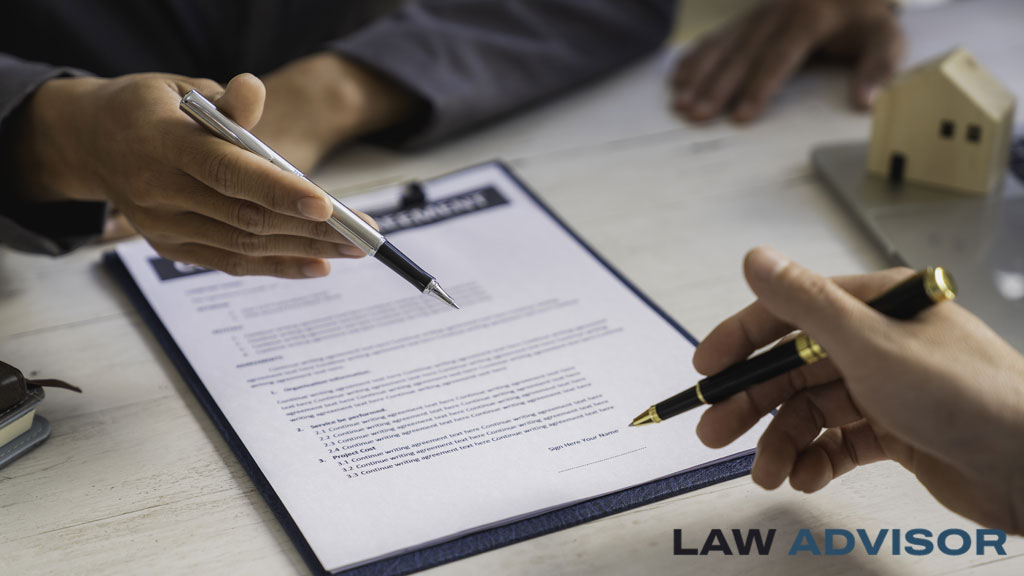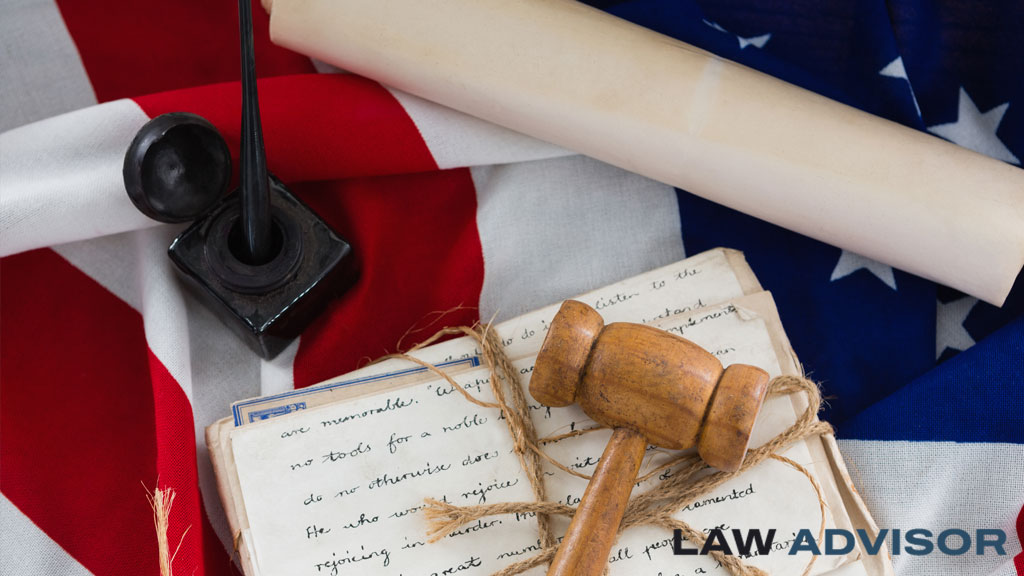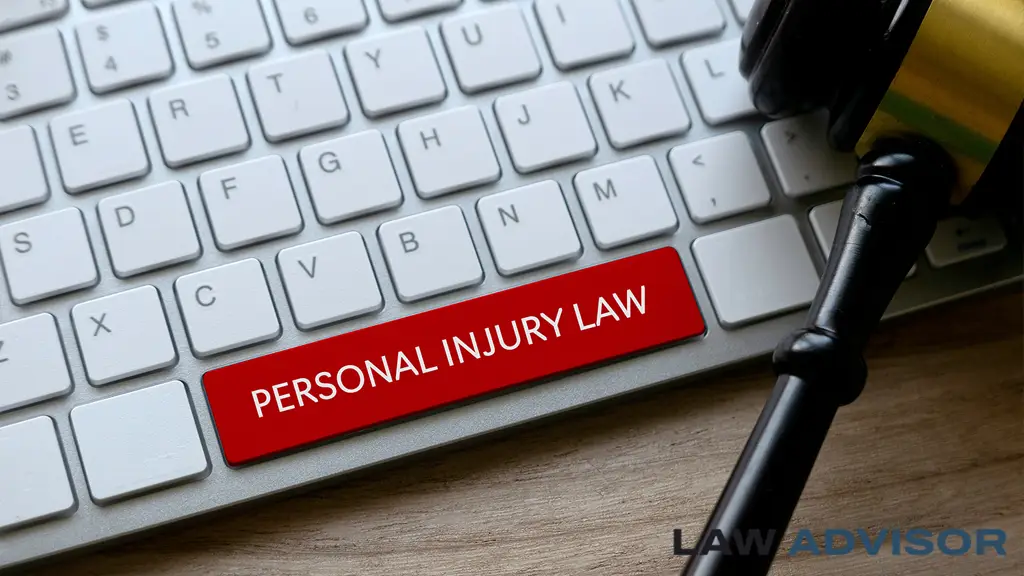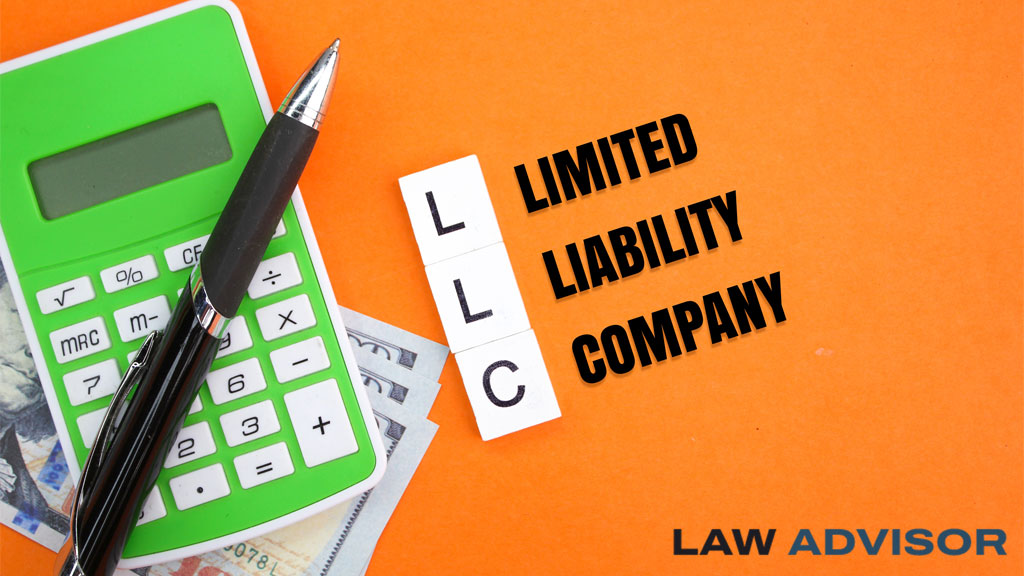In today’s fast-paced business world, information is often your most valuable asset. Whether you’re pitching a new idea to investors, hiring a contractor, or onboarding employees, you may need to share sensitive information.
But how do you protect it?
Enter the Non-Disclosure Agreement — better known as an NDA.
In this guide, we’ll break down what an NDA is, when you need one, how it works, and what to watch out for—in plain English.
📜 What Is a Non-Disclosure Agreement (NDA)?
A Non-Disclosure Agreement is a legally binding contract that requires one or more parties to keep certain information confidential.
It prevents people from:
- Sharing your private business data,
- Using your ideas or strategies without permission, or
- Disclosing trade secrets to your competitors.
NDAs can be mutual (both parties agree not to disclose) or one-sided (only one party is bound by the agreement).
✅ When Should You Use an NDA?
Here are the most common scenarios where an NDA is strongly recommended:
1. Working with Contractors or Freelancers
When hiring external help (developers, designers, marketers), you’ll often share internal documents, processes, or IP. An NDA ensures they don’t walk away with your business secrets.
2. Discussing Partnerships or Mergers
When companies explore joint ventures or acquisitions, both sides exchange highly sensitive data. A mutual NDA protects both parties before any formal agreement is signed.
3. Pitching Ideas to Investors
You might share business models, marketing plans, or prototypes. While not all investors will sign NDAs, having one ready shows professionalism and helps establish boundaries.
4. Onboarding Employees
Employees are often exposed to sensitive data, client lists, software, and strategy. An NDA, often included in employment contracts, helps maintain confidentiality even after the employee leaves.
5. Licensing or Selling Products
If you’re discussing licensing deals, patents, or technology, an NDA protects your IP while negotiations are ongoing.
🔐 What Information Can an NDA Protect?
- Trade secrets and proprietary systems
- Product designs, blueprints, or inventions
- Marketing strategies and business plans
- Customer and supplier lists
- Financial records
- Software code and algorithms
- Any other non-public business information
🤝 Key Elements of a Strong NDA
A well-drafted NDA should include:
1. Parties Involved
Clearly identify who is agreeing to the terms.
2. Definition of Confidential Information
Specify what information is considered confidential—be as detailed as possible.
3. Obligations of the Receiving Party
Explain how the recipient must protect the information and whether they can share it with others (e.g., legal advisors).
4. Time Period
Define how long the confidentiality obligations last (e.g., 2–5 years or indefinitely).
5. Exclusions
State what information is not protected, such as:
- Publicly known information,
- Data already known to the recipient,
- Info obtained independently or legally from another source.
6. Consequences for Breach
Explain what happens if someone violates the NDA—injunctions, damages, termination of contract, etc.
⚖️ Are NDAs Legally Enforceable?
Yes, NDAs are generally enforceable as long as they are reasonable in scope and duration. Courts are more likely to enforce NDAs that:
- Have clearly defined terms,
- Protect legitimate business interests,
- Do not impose undue hardship or restrictions.
However, some jurisdictions may limit enforceability or require specific language—so always consult a lawyer when drafting one.
🚫 What an NDA Can’t Do
- It can’t stop someone from whistleblowing illegal activity
- It can’t override legal reporting obligations
- It can’t restrict someone from using general skills or publicly available information
- It can’t be used to hide harassment or misconduct (many states have cracked down on this misuse)
🧠 NDA vs. Non-Compete vs. Confidentiality Clause
- NDA: Protects information from being disclosed.
- Non-Compete: Prevents someone from working for a competitor.
- Confidentiality Clause: A section within a larger agreement (like employment contracts) that serves the same purpose as an NDA.
They all have different goals and legal standards, so don’t confuse them!
💡 Best Practices for Using NDAs
- Always get signatures before disclosing sensitive info
- Store signed copies in your legal or HR system
- Use digital tools like DocuSign or HelloSign for easy tracking
- Review and update NDAs regularly to reflect your business needs
- Work with an attorney for customized agreements
📚 You May Wanna Check Out:
- Can I Run a Business Without Registering It Legally? Pros and Cons Explained
- Top 10 Legal Mistakes Small Business Owners Make (And How to Avoid Them)
- LLC vs. Corporation: Which One Is Right for Your Business?
✅ Final Thoughts
A Non-Disclosure Agreement is one of the most powerful and simple legal tools in your business toolkit. It builds trust, clarifies expectations, and protects your most valuable asset—your information.
Don’t wait until something goes wrong. Use NDAs proactively in your business dealings and stay protected from the start.










